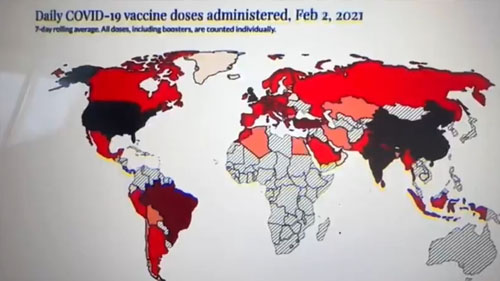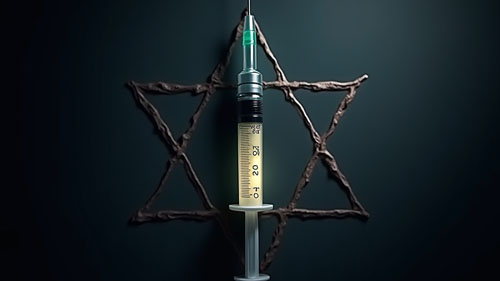| Recent Featured Videos and Articles | Eastern “Orthodoxy” Refuted | How To Avoid Sin | The Antichrist Identified! | What Fake Christians Get Wrong About Ephesians | Why So Many Can't Believe | “Magicians” Prove A Spiritual World Exists | Amazing Evidence For God | News Links |
| Vatican II “Catholic” Church Exposed | Steps To Convert | Outside The Church There Is No Salvation | E-Exchanges | The Holy Rosary | Padre Pio | Traditional Catholic Issues And Groups | Help Save Souls: Donate |  |









 " />
" /> " />
" /> " />
" /> " />
" /> " />
" />




No, We Cannot Shoot Down North Korea’s Missiles
defenseone.com
It's time national leaders speak realistically about missile defense.
The number one reason we don’t shoot down North Korea’s missiles is that we cannot.
Officials like to reassure their publics about our defense to these missiles. Japanese Chief Cabinet Secretary Yoshihide Suga told his nation after last week’s test, “We didn’t intercept it because no damage to Japanese territory was expected.”
That is half true. The missile did not pose a serious threat. It flew over the Japanese island of Hokkaido, landing 3700 km (2300 miles) from its launch point near North Korea’s capital of Pyongyang.
The key word here is “over.” Like way over. Like 770 kilometers (475 miles) over Japan at the apogee of its flight path. Neither Japan nor the United States could have intercepted the missile. None of the theater ballistic missile defense weapons in existence can reach that high. It is hundreds of kilometers too high for the Aegis interceptors deployed on Navy ships off Japan. Even higher for the THAAD systems in South Korea and Guam. Way too high for the Patriot systems in Japan, which engage largely within the atmosphere.
All of these are basically designed to hit a missile in the post-mid-course or terminal phase, when it is on its way down, coming more or less straight at the defending system. Patriot is meant to protect relatively small areas such as ports or air bases; THAADdefends a larger area; the advanced Aegis system theoretically could defend thousands of square kilometers.
But could we intercept before the missile climbed that high? There is almost no chance of hitting a North Korean missile on its way up unless an Aegis ship was deployed very close to the launch point, perhaps in North Korean waters. Even then, it would have to chase the missile, a race it is unlikely to win. In the only one or two minutes of warning time any system would have, the probability of a successful engagement drops close to zero...
What about our long-range defenses, the Ground-Based Midcourse Defense, or GMD, interceptors based in Alaska and California? There the test record is even worse. Even under ideal conditions, where the defenders knew the time, direction and trajectory of the test target and all the details of its shape, temperature, etc., this system has only hit its target half of the time.
“The success rate of the GMD systems in flight intercept tests has been dismal,” says former director of operational testing for the Pentagon, Philip Coyle. Our chances of intercepting a threat missile, even under ideal conditions, are basically “at least as good as a coin toss,” says the former head of the Missile Defense Agency, retired Lt. Gen. Trey Obering.
Yet, reporters routinely use words like “shield” and “dome” to describe our supposed capability, giving us a false sense of security.
Sign up for our free e-mail list to see future vaticancatholic.com videos and articles.
Recent Content
^